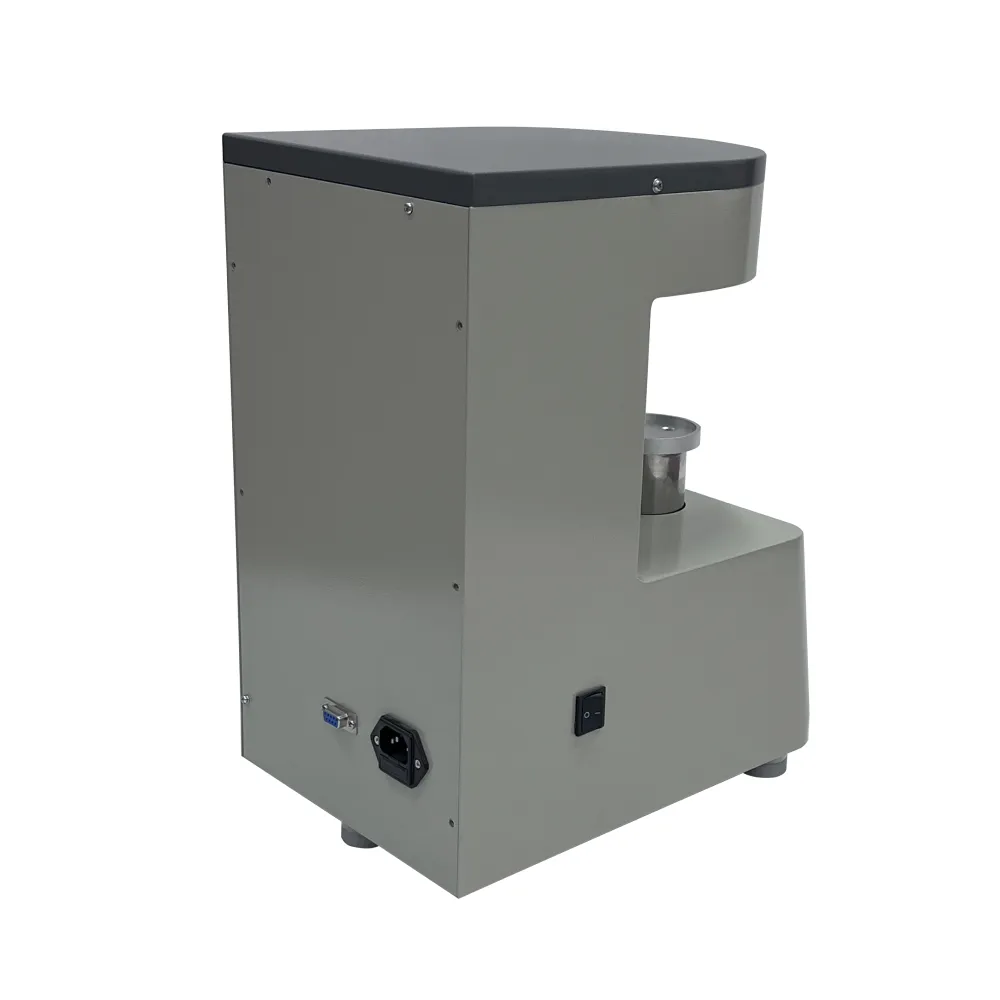 English
English



-
 Afrikaans
Afrikaans -
 Albanian
Albanian -
 Amharic
Amharic -
 Arabic
Arabic -
 Armenian
Armenian -
 Azerbaijani
Azerbaijani -
 Basque
Basque -
 Belarusian
Belarusian -
 Bengali
Bengali -
 Bosnian
Bosnian -
 Bulgarian
Bulgarian -
 Catalan
Catalan -
 Cebuano
Cebuano -
 China
China -
 China (Taiwan)
China (Taiwan) -
 Corsican
Corsican -
 Croatian
Croatian -
 Czech
Czech -
 Danish
Danish -
 Dutch
Dutch -
 English
English -
 Esperanto
Esperanto -
 Estonian
Estonian -
 Finnish
Finnish -
 French
French -
 Frisian
Frisian -
 Galician
Galician -
 Georgian
Georgian -
 German
German -
 Greek
Greek -
 Gujarati
Gujarati -
 Haitian Creole
Haitian Creole -
 hausa
hausa -
 hawaiian
hawaiian -
 Hebrew
Hebrew -
 Hindi
Hindi -
 Miao
Miao -
 Hungarian
Hungarian -
 Icelandic
Icelandic -
 igbo
igbo -
 Indonesian
Indonesian -
 irish
irish -
 Italian
Italian -
 Japanese
Japanese -
 Javanese
Javanese -
 Kannada
Kannada -
 kazakh
kazakh -
 Khmer
Khmer -
 Rwandese
Rwandese -
 Korean
Korean -
 Kurdish
Kurdish -
 Kyrgyz
Kyrgyz -
 Lao
Lao -
 Latin
Latin -
 Latvian
Latvian -
 Lithuanian
Lithuanian -
 Luxembourgish
Luxembourgish -
 Macedonian
Macedonian -
 Malgashi
Malgashi -
 Malay
Malay -
 Malayalam
Malayalam -
 Maltese
Maltese -
 Maori
Maori -
 Marathi
Marathi -
 Mongolian
Mongolian -
 Myanmar
Myanmar -
 Nepali
Nepali -
 Norwegian
Norwegian -
 Norwegian
Norwegian -
 Occitan
Occitan -
 Pashto
Pashto -
 Persian
Persian -
 Polish
Polish -
 Portuguese
Portuguese -
 Punjabi
Punjabi -
 Romanian
Romanian -
 Russian
Russian -
 Samoan
Samoan -
 Scottish Gaelic
Scottish Gaelic -
 Serbian
Serbian -
 Sesotho
Sesotho -
 Shona
Shona -
 Sindhi
Sindhi -
 Sinhala
Sinhala -
 Slovak
Slovak -
 Slovenian
Slovenian -
 Somali
Somali -
 Spanish
Spanish -
 Sundanese
Sundanese -
 Swahili
Swahili -
 Swedish
Swedish -
 Tagalog
Tagalog -
 Tajik
Tajik -
 Tamil
Tamil -
 Tatar
Tatar -
 Telugu
Telugu -
 Thai
Thai -
 Turkish
Turkish -
 Turkmen
Turkmen -
 Ukrainian
Ukrainian -
 Urdu
Urdu -
 Uighur
Uighur -
 Uzbek
Uzbek -
 Vietnamese
Vietnamese -
 Welsh
Welsh -
 Bantu
Bantu -
 Yiddish
Yiddish -
 Yoruba
Yoruba -
 Zulu
Zulu
Testing Insulation Resistance in Power Transformers for Enhanced Performance and Reliability
Insulation Resistance Testing for Power Transformers
Insulation resistance testing is a critical procedure in the maintenance and operation of power transformers. These devices are fundamental components in the electrical grid, responsible for stepping voltage levels up or down to ensure the efficient transmission and distribution of electricity. As with any electrical equipment, the integrity of the insulation system directly impacts the performance and safety of power transformers. Therefore, conducting insulation resistance tests is essential to identify potential issues before they lead to failure.
Insulation Resistance Testing for Power Transformers
The insulation resistance test is typically performed using a megohmmeter, which applies a high DC voltage to the insulation system while measuring the resistance. The results are expressed in megohms (MΩ). A higher resistance value indicates good insulation, while a lower value suggests potential moisture ingress or insulation breakdown. As a general rule, power transformers should have insulation resistance values above 1 MΩ for every kilovolt (kV) of operating voltage. For instance, a transformer operating at 10 kV should ideally exhibit insulation resistance higher than 10 MΩ.
power transformer insulation resistance test

Before conducting the test, it is crucial to prepare the transformer appropriately. The transformer should be de-energized, and all connections should be securely isolated. In addition, it is advisable to ensure that the transformer has been offline long enough for any residual moisture to evaporate, as this can affect the test results. After de-energization, the megohmmeter leads are connected to the transformer’s windings and ground, and the test voltage is applied.
During the testing procedure, a variety of factors must be taken into consideration. Temperature is a significant variable that can influence resistance readings. Typically, resistance decreases as temperature increases, hence it is essential to record the ambient temperature during testing and, if necessary, adjust the readings according to standard correction factors. Additionally, a thorough analysis of the test results involves more than just examining the initial resistance value; trend analysis over time can provide insights into the insulation condition and highlight any deterioration.
Regular insulation resistance testing can help in developing a predictive maintenance schedule. By proactively identifying issues before they escalate, organizations can minimize downtime, reduce maintenance costs, and enhance the overall safety of the power transformer. Furthermore, regular testing provides documented evidence of equipment condition, which can be vital for compliance with industry standards and regulations.
In conclusion, insulation resistance testing is a fundamental practice for ensuring the reliability and safety of power transformers. By systematically assessing the insulation integrity and maintaining a comprehensive testing schedule, utilities and facilities can effectively manage the health of their power transformers and prevent unplanned outages. The information gathered through these tests is invaluable for optimizing maintenance strategies and ensuring the long-term operational success of electrical infrastructure. Emphasizing the importance of these tests contributes significantly to the overall efficiency of power delivery systems and helps in safeguarding the electrical grid against unexpected failures.
-
Testing Equipment Industry Sees Major Advancements in 2025: Smart & Precision Technologies Lead the WayNewsJun.06,2025
-
Applications of Direct Current Generators in Renewable Energy SystemsNewsJun.05,2025
-
Hipot Tester Calibration and Accuracy GuidelinesNewsJun.05,2025
-
Digital Circuit Breaker Analyzer Features and BenefitsNewsJun.05,2025
-
Benefits of Real-Time Power Quality Monitoring Devices for Industrial EfficiencyNewsJun.05,2025
-
Earth Fault Loop Testing in High-Rise Building Electrical SystemsNewsJun.05,2025



